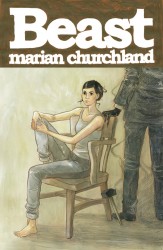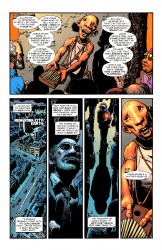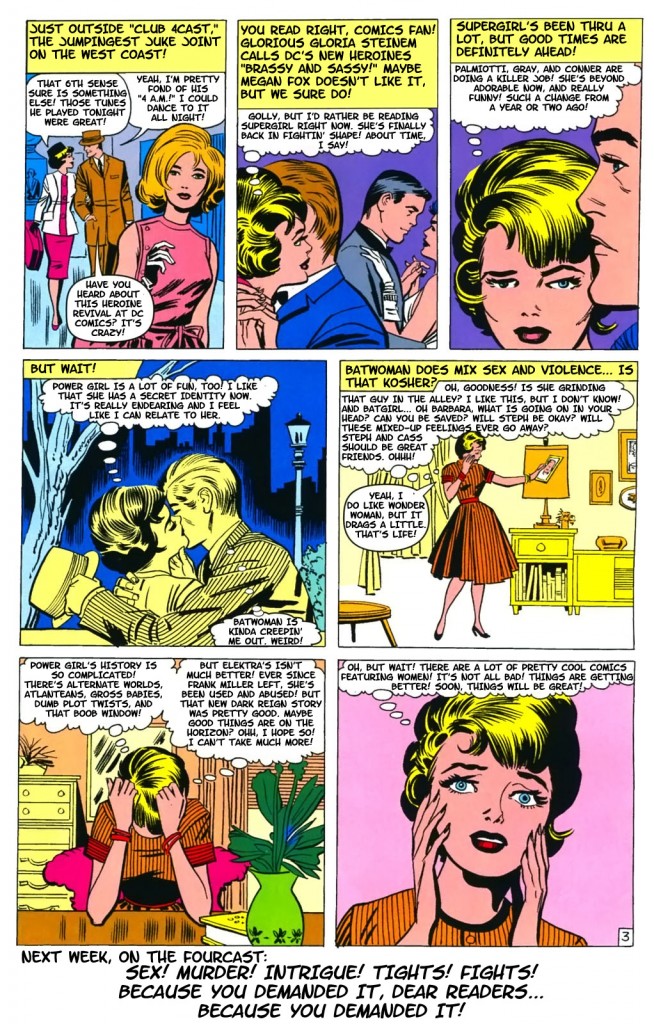
Happiness is a new Yotsuba&!
September 9th, 2009 Posted by david brothersYotsuba&! is basically the best manga.
I mean, there may be better. I’m pretty fond of Akira and Pluto, and Pluto is hands-down the best comic to come out this year, but Yotsuba&! is basically the best. It’s the one that leaves me in the best mood after I finish it. Where Akira and Pluto are something to ponder and mull over, Yotsuba&! is a book to enjoy.
ADV published Yotsuba&! up until 2007’s volume 5. Volume 6 was scheduled for early 2008, but it never appeared on shelves. Luckily, Yen Press is there for us, as volume 6 comes out this month. Either this week or next, depending on your local retailer. Perfect time for a look back at the series, right?
Kiyohiko Azuma’s Yotsuba&! began life in March 2003 as an ongoing feature in Dengeki Daioh. His previous strip, Azumanga Daioh, was a four panel strip, called a 4-koma, that was set in a high school and had a cast that was largely composed of high school girls. It was another feel-good strip, which was turned into a successful anime. However, Yotsuba&! surpasses it by far.
Azumanga Daioh, successful as it was, was pretty simple, visually. The comics were four vertical panels, about half a page wide or so, with light background work. He added just enough detail so that you’d know that the characters were in a class room, or a pool, or outside, and then put most of his effort into funny facial expressions and pratfalls.
Azuma’s work on Yotsuba&! switches that up completely, as he works with normal-sized comics pages, and rare goes higher than five panels a page. This gives him plenty of room to display a pretty stunning level of talent. He’s created a realistic world that still meshes with his cartoony and expressive art. So, when something crazy happens and Yotsuba’s eyes go swirly or Fuka’s mouth goes wide, it all works. It doesn’t yank you right out of the work, like other deformed works can.
Yotsuba herself is a very young girl who isn’t naive so much as she is a child. She’s less mischievous than Calvin, but enjoys life just as much. Everything has its charm, and nothing gets her down. She lives life full throttle, never pausing for breath. She takes everything in stride, and all of it’s awesome. When she learns about global warming, she angrily confronts her father about being an enemy of the earth because their house has an air conditioner. When she gets locked in a bathroom early in the morning, she just crawls out of the window and goes for a walk in her pajamas.
The cast is small, but effective. There are three sisters who live next door with their mother, Yotsuba’s father, his best friend Jumbo, and a couple other characters who move in and out as time goes on. Jumbo is extremely tall for a Japanese man, sending new friends into hysterics, and is amazingly lazy. The three sisters are various ages and of varying temperaments, leading to fun interactions with Yotsuba. Her father is a translator by trade, and doing the best he can with his adopted daughter.
Yotsuba&! is, if anything, a look at real life through a child’s eyes. It’s a reminder of just how awesome all these things we take for granted, like rain, ice cream, cicadas, and good friends. Yotsuba approaches everything with the same amount of wonder and glee.
Yotsuba&! is a lot like a warm hug, if I can get sappy for a minute. It’s the kind of book that leaves you feeling good after you read it, like payday or a smooth date. If you can read it and not be charmed… well, you should probably see a doctor about some antidepressants.
Yen Press has released six volumes of Yotsuba&! this week. The first five (Amazon: one, two
, three
, four
, and five
) are re-releases of the volumes that ADVManga printed before they went belly-up. The sixth
is brand new and fresh out. I’ll have my copy later today, so look for a review of it later this week!








